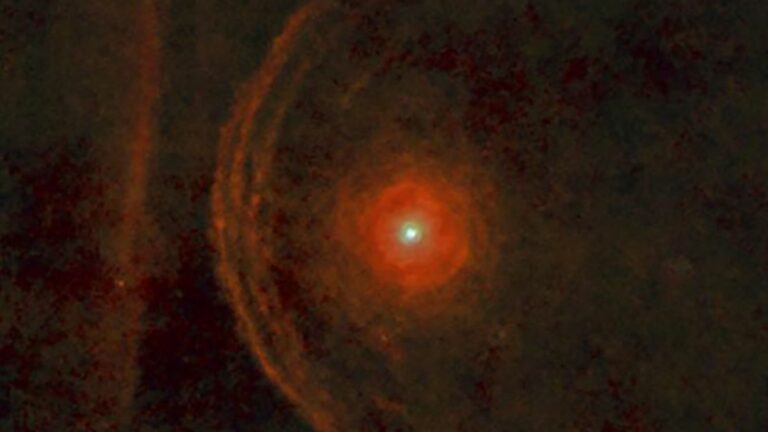Scientists observed the explosion of a red supergiant star in ‘real time’ for the very first time.
A peer-reviewed research article published under the Astrophysical Journal highlighted that the astronomers had been tracking the star which later exploded as SN 2020tlf for over one hundred days. Located 120 million light years away from our solar system, the red supergiant star this left scientists stunned with its pre-supernova activity, which included spurts of gas and dazzling flares of light. This particular observation has given a fascinating insight into the final stages of massive stars and a key step forward in the study of stellar evolution.
When big stars go boom
However, red supergiants are stars not necessarily the brightest and most massive in the universe despite the large sizes. These stars, which can be hundreds, or even more than a thousand times the size of the sun, are expected to create their energy in the cores through nuclear fusion.
One significant difference between red supergiants and our sun is that, while the latter cannot produce elements heavier than iron, the former can. Their cores become hotter and more compressed as they consume larger elements on the process of their fusion.
Finally, they are exhausted, and a type II supernova occurs, followed by the collapse of cores and emission of gaseous outer envelopes into the space. A supernova explosion will happen, scientists have recorded them and have seen red supergiants before they supernova, but it has never been done live. Some stars have flaring activities during the summer of the year 2020 and one of which is SN 2020tlf, which the researchers investigated in the study.
The star was observed for more than 130 days with telescopes on Hawaiian Island and at the time of the explosion, a dense gas shell around the star was detected. This means that the star had already had violent explosions long before its core collapse in the fall of 2020.
In an article by UC Berkeley, astrophysicist Raffaella Margutti coauthor of the study says, “This is the first time we are able to confirm violent activity in a dying red supergiant star that forms such luminous emission only to later collapse and combust.
The team also stated that these observations suggest that red supergiants undergo significant structural transformations that result in turbulent gas conflagrations in the last few months leading to their collapse.
Do not forget to share your opinion with us to provide you with the best posts !




0 Comments